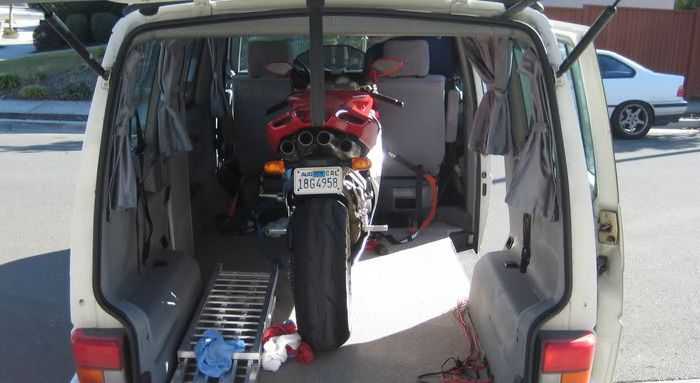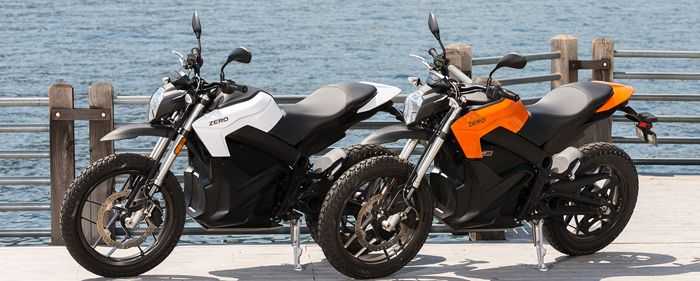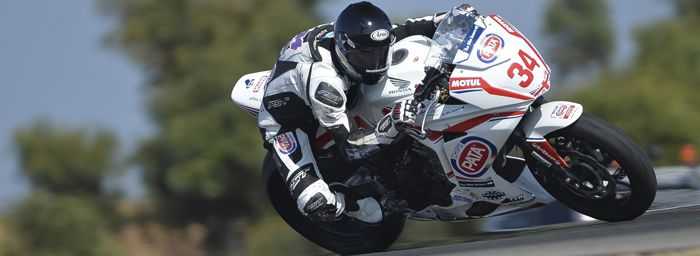
Motorbike fitness
Riding a motorbike isn’t easy and it’s more strenuous than driving a car.
When you ride a motorbike you use lots of different muscles to not only keep the bike upright but also generate the right turning forces through corners and bends.
All in all, fitness is pretty important and an hour-long ride along a twisting road will leave your muscles' aching, that's even more evident if you were to spend an hour on a track.
A lot of this depends on the motorbike you ride but if you're on a supersport model, cramped and flat to your machine, you're going to feel the burn, more so than if you were on a more relaxed cruiser anyway.
Why is fitness important?
Fitness will improve your performance in anything you do, whether that's work in an office, climb mountains or run marathons. These are extreme examples but the easiest way to illustrate this is in terms of concentration.
The fitter you are, the longer it will take for you to become distracted when active, and a distracted rider is one who's heading for a fall. So even if you don't intend to thrash your bike about on a track, motorbike fitness is still important.
What fitness is important?
As riders know, turning a motorbike is as much about leg muscles and your core as it is about your arms, which move the handlebars.
Riders need to be able to cling on to their bike, shift their weight in a controlled manner and manoeuvre anything as heavy as 150kg+ of machine. And if riders are on a track, they'll want to do this while keeping low to their bike to reduce drag, and at high speed there are powerful forces acting on the body. As a result there's no one area to focus when it comes to riding fitness, it's everything.
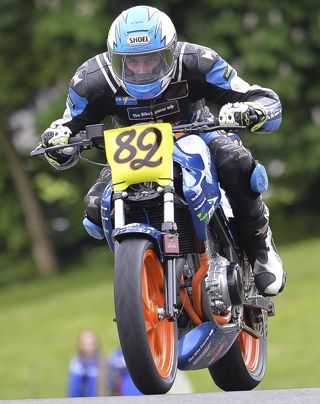
Motorbike fitness advice
1. Cardio
Endurance training and cardiovascular fitness is vital when it comes to motorbike fitness.
Cardiovascular or aerobic exercise is that which involves the pumping of oxygen around the body to the muscles. Roughly, that means high duration workouts like middle and long distance running, cycling or swimming.
That means you need to do some form of cardio training every week to get yourself fit to ride, which translates to a couple of 30 minute workouts per week as a minimum.
2. Your core
The opposite of cardio is anaerobic fitness and focuses on short sharp workouts to build muscle.
The most important muscle groups with regards to motorbike training are the stomach, forearms and thighs. It is these three muscle groups that keep a rider balanced and controlled on their bike, particularly when moving around to take corners and bends. If you're not smooth and controlled as you do this you can become unbalanced and at the very least it will result in you dropping seconds on the track.
Work your core muscles.
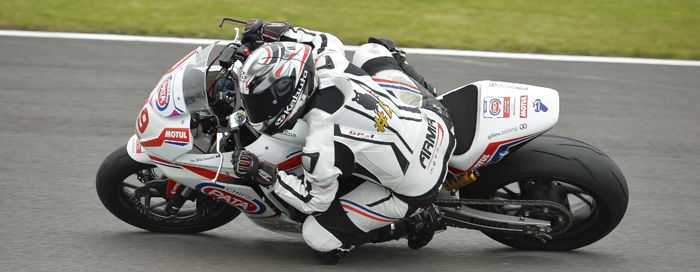
3. Legs
Your legs are constantly working when you’re on your bike as they keep you attached to the bike and balanced. If you’re riding long distances or on a track your leg muscles will be put through their paces so it’s important that you train them for life on a bike.
Squats, deadlifts and lunges will all improve your leg strength.
4. Arms
Riders always use their arms to push and pull handlebars and at speed you’ll need more strength.
You will also use your arms when accelerating and braking to shift your weight one way or the other to prevent a wheelie and stay balanced on your machine.
This means press-ups, bench presses and pull ups are all useful in stepping up your upper body strength.
